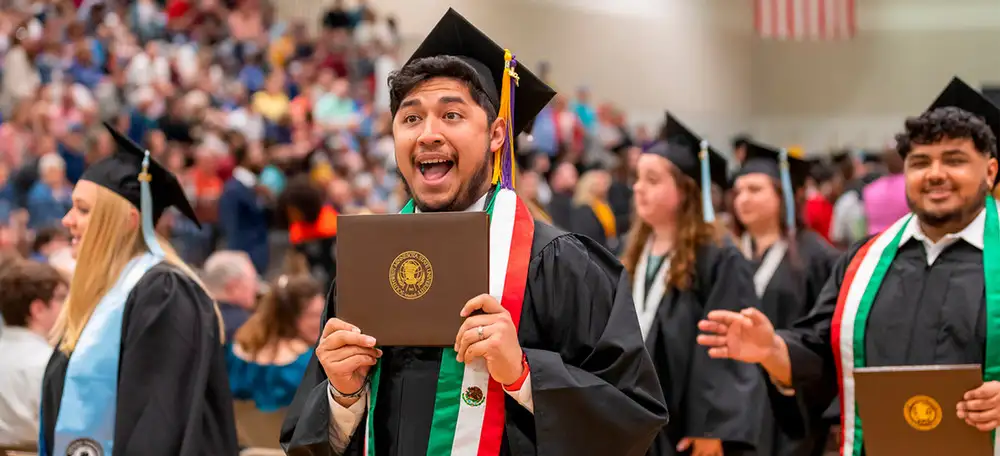Minnesota State Legislative Request Is Key to Equity 2030

By Roger Moe, Minnesota State Board Chair
George Soule, Minnesota State Board Vice Chair
April 10, 2023
This legislative session our state-level elected officials are working to set the state’s operating budget for the biennium. We’re sure you’ve heard that the state has an unprecedented $17.5 billion surplus, presenting a tremendous opportunity to make an investment in higher education and have a direct impact on the ability of Minnesota State to meet student needs and, by doing so, ultimately achieve its Equity 2030 goal.
During the run-up to the 2023 legislative session, we held a series of 12 listening sessions across the state to engage campus leaders, stakeholders, and communities on key initiatives to inform the FY2024-25 budget request. During these sessions, constituents expressed strong support for the notion that investing in Minnesota State is an investment in the state’s future workforce.
Coming to a total of $350 million over the biennium, our budget request is the largest Minnesota State has ever made. We believe it represents a critical investment in the future workforce, and as a result, a critical investment in the economic vitality and regional prosperity of Minnesota. After all, our system is the state’s workforce engine.
The $350 million is broken into three categories:
- Student Support including student access (a tuition freeze and an expansion of open educational resources), and student success (expanded student support services, transfer scholarships, and emergency grants). This student support portion of the request is an important key to closing educational equity gaps, ensuring prosperity for all our students, their families, and the communities in which they live.
- Workforce and Economic Development to address the growth and advancement of Minnesota’s workforce including upgrades of equipment and learning environments; increasing the highly successful workforce development scholarship program, which makes tuition more affordable; and expanding industry sector programming.
- All $100 million will be matched one-to-one with $100 million of non-state funds in-kind or cash.
- Minnesota State Stabilization: An increase in General Fund revenue is needed to ensure the breadth of academic programs and student services continues to be available to students at the same time that demand and inflationary needs are increasing. Stabilizing campuses ensures equitable geographic access to quality programs throughout the state, ensuring Minnesotans, no matter where they’re from or who they are, can obtain the education they desire.
We believe $350 million is a reasonable request – a request that is firmly grounded in what our colleges and universities need in order to continue fulfilling their mission: ensuring that all Minnesotans of every economic, racial, and ethnic background have access to high-quality, rigorous and affordable postsecondary programs paired with the needed support both inside and outside the classroom to find success – the very essence of the Equity 2030 goal.
We also believe that the Minnesota State Equity 2030 goal is an economic imperative for the future prosperity of our state. Minnesota is growing more diverse and the colleges and universities of Minnesota State serve more Black and Indigenous students, and students of color (65,000) and more low-income students (61,000) than all other higher education providers in Minnesota combined. In order for the state to prosper, Minnesota must sustainably invest in its colleges, universities, and students.